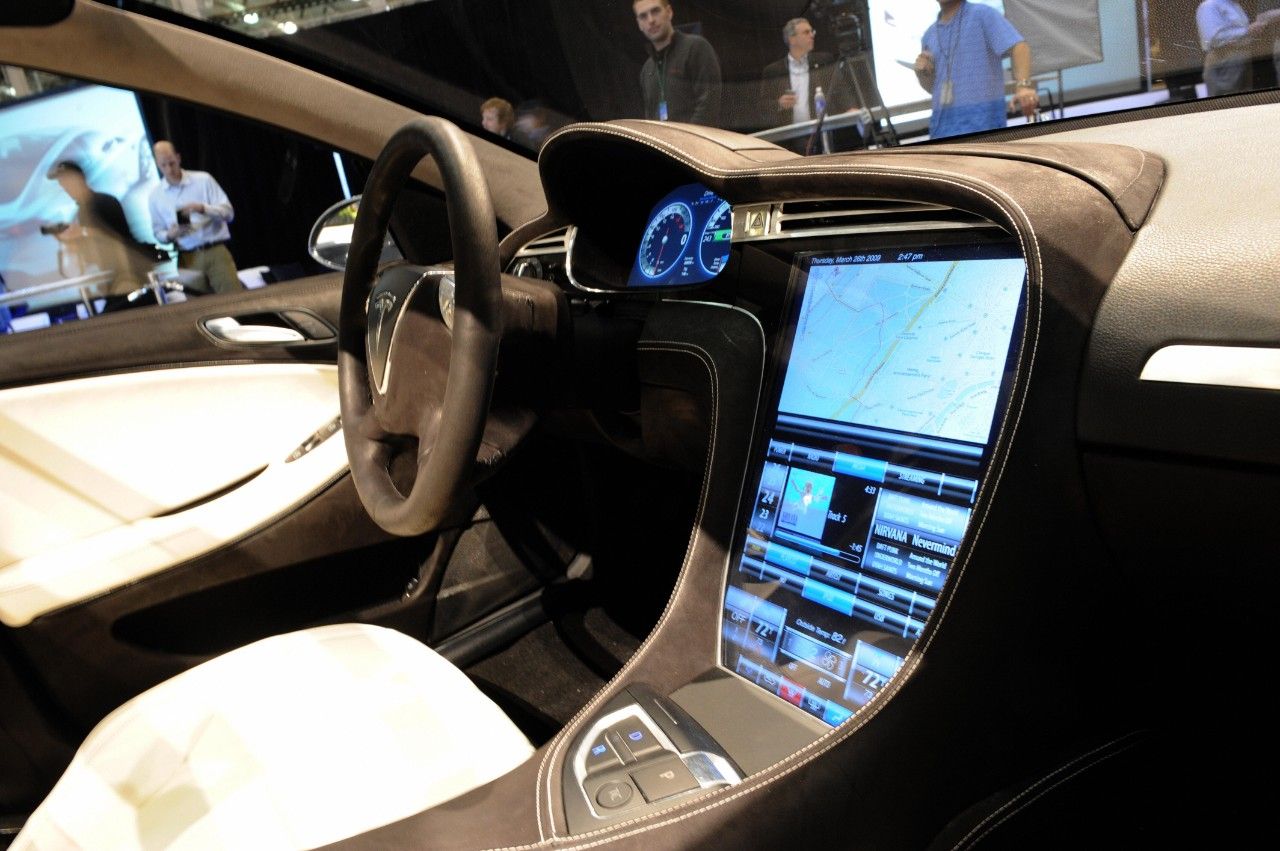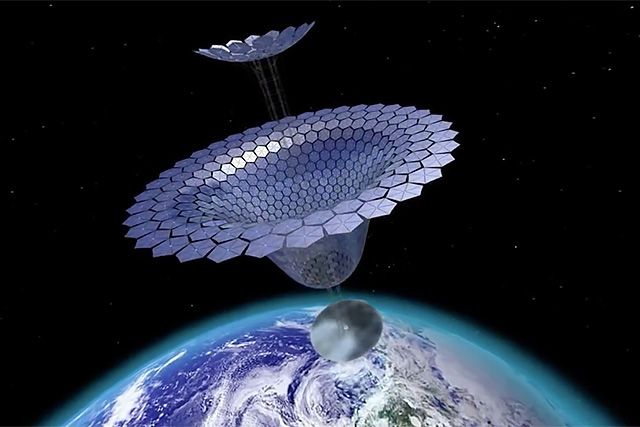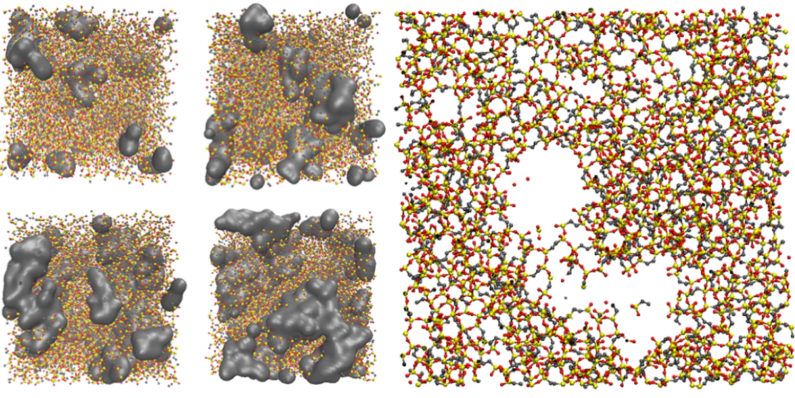
How we can influence the butterfly effect to better our personal endeavours (article I just wrote).
It’s funny, when we look around at our daily lives, we begin to see the things which reflect us. Our environment breeds our mindset. Our aptitude becomes driven by the exponential increase of clutter or minimalism, by work, or by passions. We each have the opportunity to create our own atmosphere, ensuring we surround ourselves by the people and places which foster an eminent light within us. This fire ignites the desire to reach our potential, present in the opportunity the future holds. Like a dream that feels all too real, our life can have many outcomes that lead to the predictable… or the unknown. We are each given a myriad amount of choices — varying in amplitude — which culminate to provide a chance at betterment… or the opposing force. We are given the responsibility to define that road ahead. By making the most of every minuscule and prominent decision, the balance will tip in our favor. People often fail to see this metric… that each choice has a butterfly affect across the horizon of time. Kindness can have a lasting impact. It can make the difference between life and death — success — or failure — because it is the most assured way of bettering the souls of yourself and others.
When we take the path of most resistance, it often starts with countless hurtles, and intermittent mountains along the way. The frontier is never easy, but it always comes with vast rewards to those who can brave it. Each day of life is another battle, and when you have within your mind a war-zone that plagues your focus, it can seem an impossible feat to overcome. But… so was creating fire, then harnessing power, then driving, then flying and exploring space. It never stopped us before, and it should never stop us now. It might start with an adjustment of priorities, of things which eclipse your sight on a consistent basis. It can be searching for more about your passion, and looking into bridging the gap between your interests and your life.
Continue reading “LIFE, Business & the Butterfly Effect” »

















